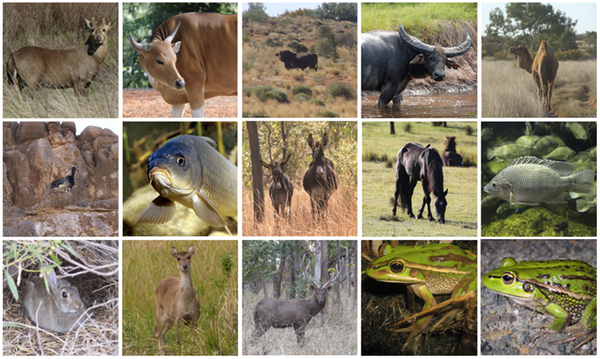Anthropocene:
Wallach et al.
““Currently, conservation data is filtered through a value system that considers ‘native’ life the only appropriate subject of conservation concern,” write researchers in the journal Conservation Biology. “We examined how trends in species richness, distribution, and threats change when all wildlife count.”
The researchers were led by ecologists Arian Wallach and Daniel Ramp, both of the University of Technology Sydney and so-called “compassionate conservationists”—a movement of scientists, conservationists, and ethicists who argue that the moral value of each individual animal’s life deserves more attention in discussions traditionally framed in species- and population-level terms.
One implication of that perspective is open-mindedness towards critiques of nativity as intrinsically good and non-nativity as likely bad, with the latter having little ecological value and frequently being killed to promote desired native species. “Nativism even filters the most fundamental empirical information available to conservation: species counts,” write Wallach’s team. “It is important to ask, independent of these judgements, what might be revealed if biodiversity datasets were fully inclusive?””
Invasive biologists’ value judgments cannot be supported by science (i.e., values are not in the realm of science). Labeling species as native/nonnative, invasive/noninvasive, good/bad appears to limit pragmatic management. Categorization leads to prejudice, prejudice leads to contempt, contempt leads to hate, and hate leads to the dark side. Some of the difficult AIS issues can be solved with a more moderate approach to new arrivals and a change in attitude. Invasion biology mentality often emphasizes control and eradication programs against various non-native species even in the absence of nuisance conditions. Poor AIS efforts deplete financial and personnel resources that could have been devoted to more enduring and meaningful efforts (e.g., dealing with lake water quality issues that are of more serious nature, prevention of human-assisted migration, etc.).


